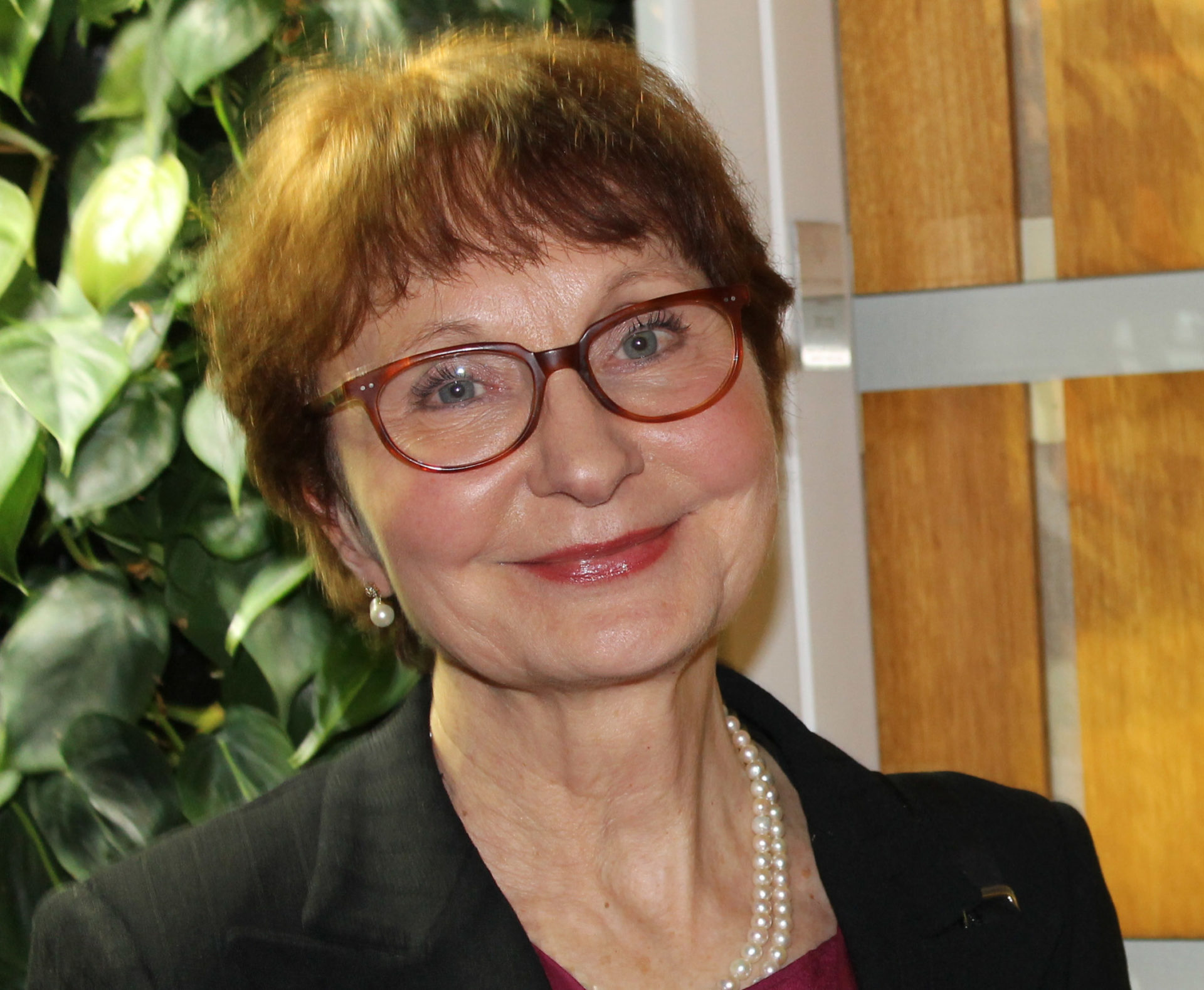Annette Kur focuses on the borderlines between IP and other fields of law

Professor Annette Kur is known to many generations of IPR students and researchers from her books, articles and lectures. IPRinfo asked her to share her thoughts about current IPR developments.
The ”IP tree” is rooted in general law and in etchis.
As the former president of ATRIP (2007–2009), how would you comment on the organisation now; its achievements, present and future?
I have known of ATRIP (International Association for the Advancement of Teaching and Research in Intellectual Property) since the 1980s; the former director of the MPI, Friedrich-Karl Beier, was one of the ”founding fathers“. I got involved more closely from 2000, when I became the treasurer of the organisation. At the time, ATRIP seemed to be on the decline, with WIPO – that had been an eager and generous sponsor in the past – gradually withdrawing its support.
However, the subsequent developments proved the wisdom in the double meaning of the Chinese character for “crisis”, which also means “chance”. Forced to continue on its own, ATRIP has become stronger over the years. It is unique because it is the only truly global association of IP teachers and researchers, thus enabling a free discourse among academics – without the agenda being shaped by stakeholder interests – in a “family feeling” that can hardly be matched.
Would you share with us your ideas about the life-long research project?
My focus always was on the borderlines of IP and its interaction with adjacent fields. This started early when I investigated the interface of trademark law and consumer protection. Next, I had the opportunity to participate in the MPI working group elaborating the EU design legislation (the other members being Friedrich-Karl Beier, Kurt Haertel and Marianne Levin). Design law is fascinating in that it sits right at the crossroads of all IP areas. So one can learn a lot about the specifics of different IP fields, how they are distinguished from each other and how they overlap, and also how competition law can or should intervene in the case of “exclusivity” – as the usual consequence of IP protection – turning into “indispensability”.
All that reinforced my interest in overarching rules steering and holding together corpus of intellectual property in its entirety. This can be illustrated by the image of the “IP tree”. It is rooted in general law and in ethics, develops a solid trunk of common legal principles, and then stretches into different branches, with each one engendering its own little ecosystem of small, smaller and tiniest twigs representing the details of sectors, rules and practices in each IP area. Importantly, those “twigs” are only viable if they stay attached to the “trunk”. The ultimate question, therefore, is: what exactly does that trunk, i.e. the solid core of common rules, consist of?
“The ultimate question is: what does the trunk of IP tree consist of”
Is there a way to identify principles of truly horizontal validity which “cut through” the different branches of IP, ensuring that the system remains balanced and consistent? An obvious candidate for such principles is the concept of “fairness”. If that is accepted as the working hypothesis, the challenge lies in the attempt to make this vague concept operable and preserve its flexibility while adding to its transparency and reliability. Indeed, it is (not only) my conviction that developing a clearer understanding of the fine-grained mechanics driving fairness-based judgment is crucial at a time when the traditional way of assessing IP-related issues by means of cleanly defined categories of rights and limitations can no longer work properly, as the new phenomena often defy such neat categorisation, and their dynamics make it impossible for the legislature to keep pace.
What about your current project?
Apart from my long-term project, I recently had the opportunity to participate in a study undertaken for the European Commission on the evaluation of the European system of Supplementary Protection Certificates (SPCs). The project leader and main author of the study is Dr. Roberto Romandini, and several other persons also contributed to it.
“ATRIP enables a discourse among academics, without the agenda being shaped by stakeholder interests”.
Working together with Roberto and others gave me the opportunity to gain insight into a very special area of IP law, aspects of which are quite controversial. The Study has not yet been published but I can reveal that instead of presenting a clear-cut proposal for whether and how the current legislation should be changed, the Study points out a number of policy and regulatory options. For instance, the Study re-traces the development of CJEU (the Court of Justice of the European Union) case law, showing how, based on a teleological approach, the Court deviated in many aspects from the original intentions of the historical lawmaker. This leaves the option for the lawmaker to either codify that case law or enact provisions overruling the jurisprudence. Furthermore, irrespective of which option is chosen, the Study recommends that guidelines for implementing be provided in the future, so as to foster legal certainty and consistence of practice.
Apart from CJEU jurisprudence and its consequences the Study also addresses limitations and exceptions such as the Bolar exception and the option to introduce a manufacturing waiver, and it considers regulatory options for establishing a system of unitary SPCs.




